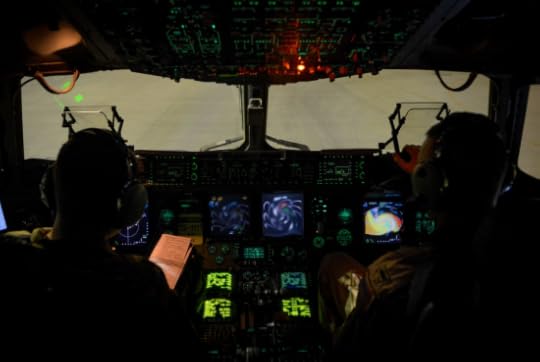Avionics’ Effect on Aircraft Ground Handling

Now that avionics are fast becoming the standard in aviation, the task of servicing an aircraft while it is grounded has grown by leaps and bounds from just merely being aircraft ground handling signals. This development requires personnel in aircraft ground handling to be involved in research and development to acquire knowledge and skills to ensure these devices function optimally and ensure passenger safety and comfort.
The aircraft ground handling manual is expected to contain more airworthiness directives (AD), which serve as basis in issuing corrections when necessary based on the result of supplementary structural inspection program (SSIP) by the US Federal Aviation Administration. These must be developed in proportion to innovations and inventions. Thus far, reports show that AD-based corrections have covered communications equipment, flight control, and cockpit instrument panel navigation only.
Nowadays, avionics systems also cover the display and management of multiple systems and the hundreds of systems that are fitted to aircraft to perform individual functions. As reflections of the assumption, aircraft ground handling equipment integrated with avionics focuses on safety. But this may be a long shot, considering that this assumption stems from inadequate technical expertise. Another is a passive assurance that the margin of error is minimal. Hence, when accidents happen, those are the only times when corrective ADs issued by FAA are discovered as inadequate.
Considering this wide array of avionics and cutting-edge technologies on the rise—like translation technology, startups and scaleups, Internet of things, cybersecurity, biometrics, blockchain, artificial intelligence, robotics, etc.—is there adequate aircraft ground handling and support equipment, expertise, and accountability in cases of malfunctions? Generating more aircraft ground handling procedures seems to be made obsolete by which the speed of electronic and technical innovations and inventions integrated in the workplace.
This posits that aircraft ground handling personnel hold the key. Aside from automatically training them as soon as avionics are integrated in their services, their active participation in research and development toward standardization, rules, and regulations is encouraged. They stand in the gap to attain the goals to ensure a safe, smooth, comfortable, and timely departure and arrival, as well as cost efficiency, fewer delays, and excellent service.
In summary, aircraft ground handling personnel must not only be excellent in basic aircraft servicing and ground handling but must be equipped with knowledge and skills in avionics, which also affects the training for new recruits and in aviation industry regulations.
Learn more about aircraft ground handling through an experienced veteran pilot and go over the pages of Ol’ Shakey: Memories of a Flight Engineer. Book copies are available at online bookstores. To learn more about the author and his work, visit www.olshakeyflightengineer.com/blog.
References:
Evans, David. 2000. “Safety in Avionics: Avionics Safety, Real or Illusory.” Avionics International, August 1. Accessed October 1, 2018. https://www.aviationtoday.com/2000/08/01/safety-in-avionics-avionics-safety-real-or-illusory/
Future Travel Experience. 2018. “Future of Baggage: How E-tags, Delivery, Services, Tracking and Robotics Could Redefine Baggage Processing.” Baggage. Accessed October 2, 2018. .



